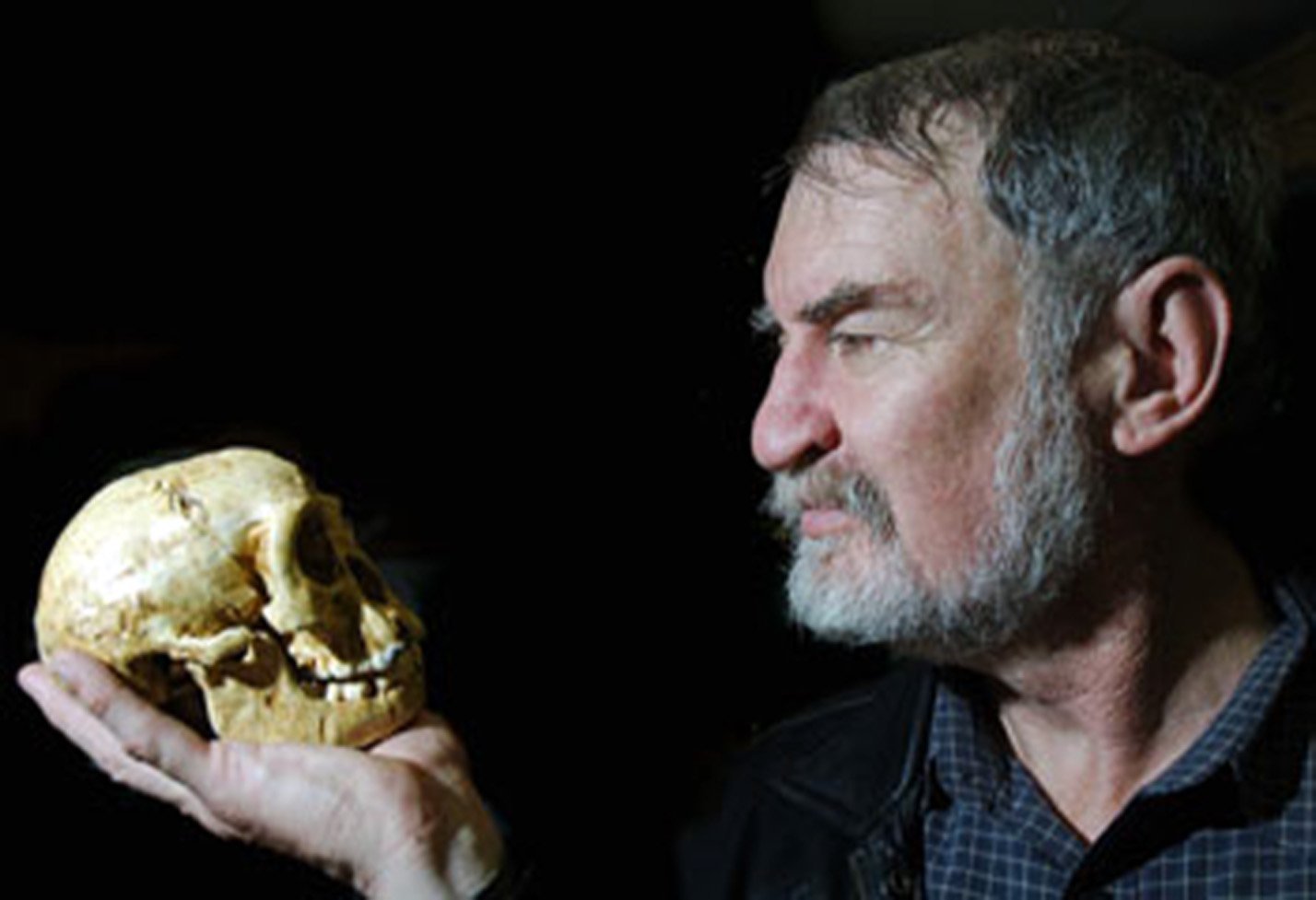
Not long after, he came to Otago to tell an enthralled audience how, deep in the deposits there, he unearthed the skull of a tiny human that had stood barely a metre tall. With brains of about the same size as that of a chimpanzee, they made stone tools and used fire. They hunted pygmy elephants and lived alongside Komodo dragons.

Since then, more remains of this little human have been found and their interpretation has posed a real conundrum. Some have suggested that those humans became miniaturised through generations of living on an island, just as did the elephants they hunted. Others thought that they suffered from microcephaly, an abnormally small brain.
But only this past month, the result of a very intensive analysis of the skull bones has found very close similarities with 2 million-year-old African Homo habilis. It seems almost inconceivable that they could have migrated over such a vast distance, but as more excavations take place, the date of their presence on Flores has already stretched back to at least 700,000 years ago. They endured until 50,000 years ago.
However, there is growing evidence that Homo habilis was an explorer. Dmanisi, in Georgia, is a site that answers an archaeologist’s dreams.
Discovered in 1983, many seasons of excavations have assembled five nearly complete skulls, long bones and thousands of artefacts, all in layers that allow for a reconstruction of the environment. The layers date within a window of 1.85-1.77 million years ago, and one has to envisage the movement of hominins up the so-called Levantine Corridor to live beside a lake and a habitat of open steppe and forests. Their brains ranged in size from 545-775cc, overlapping those of H. habilis, but in general smaller than H. erectus.
Shangzhen lies on the margin of the extensive Loess Plateau of northern China. The earliest evidence there for flaked stone tools, that recall those being made at the same time in Africa, date back to between 2.09-2.12 million years ago.
This is the earliest evidence yet for human migration from their African homeland, and there must be many undiscovered sites between East Africa and China that will one day document their journey.
So we are beginning to appreciate the impact of the innovations that set us apart from our closest relative, the chimpanzee.
Tool making, walking and meat eating made our remote ancestors much more adaptive to different habitats. We became explorers, travellers, always intrigued by what lay over the horizon.










